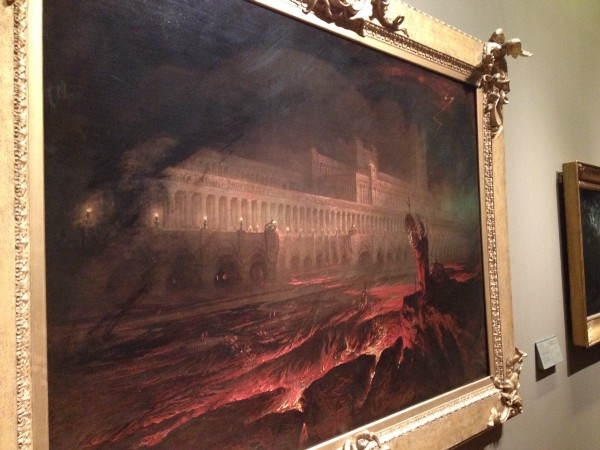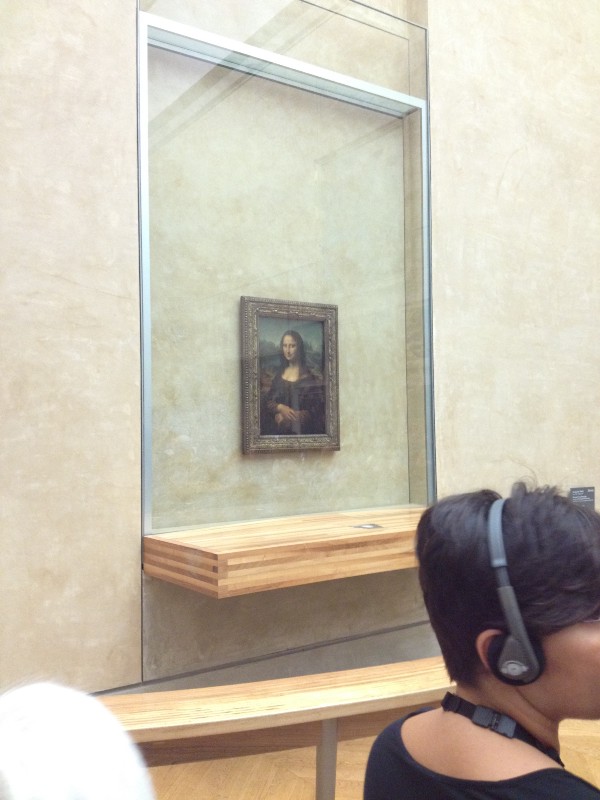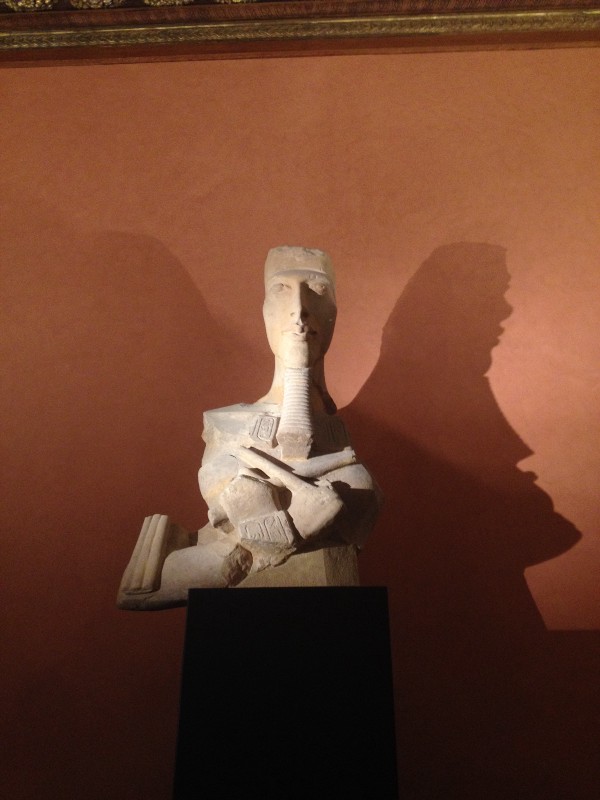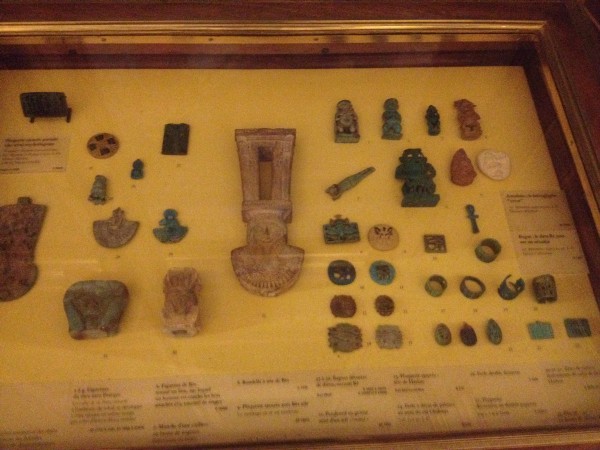“This just might be the coolest place in the world.”
That’s all I could think as I wandered through the Louvre for the first time last Friday night. I had decided to make it a solo trip, as I wanted the freedom to be able to check out whatever I wanted and skip over the things I wasn’t interested in. I went without a departure time in mind, but ended up staying until the museum closed.
The Louvre is far and away the most popular art museum in the world. It is home to roughly 35,000 objects spread throughout the 652,300 square foot building. (For comparison’s sake, the White House is 55,000 square feet.) At the Louvre, there are so many awe-inspiring works to see that you don’t have the time to sit and reflect on each one as long as you would if they were by themselves. That makes navigating through the museum a challenge.
My strategy in facing this daunting task was simple: explore. I ditched the map and skimmed until something caught my eye, staying as long as I wanted, and leaving whenever I felt it was time. A writer named Paul Cantor recently compared art museums to Wikipedia, but said that art museums are much better because you see everything in person. I couldn’t help but get a similar feeling as I walked from century-to-century and civilization-to-civilization. I felt as though I was scrolling through a rare, elaborate, exaggerated version of the Internet, but in real life.
I started off the visit by looking at the paintings, where I admired the works of two artists I’d never heard of — Giovanni Paolo Pannini and John Martin — before sneaking a glance at the Mona Lisa.
 |
| John Martin's painting entitled "Pandemonium." Photographs are allowed at the Louvre as long as the flash is not used. |
 |
| The "Mona Lisa" on display at the Louvre. |
I moved on to the bronze room, and then on to the ancient antiquities of Egypt, Greece, Rome, and the Middle East, each room replete with the coolest knick-knacks and figurines from the ancient world. These little pieces of history from the ancient world were my favorite objects in the museum. I tried to imagine everything that went in to the creation of these objects, and to wrap my mind around the fact that some of the arrowheads on display were estimated to be up to 200,000 years old. Though that proved an impossible task, it was a lot of fun to think about.
 |
| An Egyptian scultpure of Amenophis IV striking a pose. |
 |
| Antiquities from ancient civilizations on display |
There’s almost too much cool stuff to see at the Louvre. It’s like if the Grand Canyon, the Northern Lights, the Colosseum, the Great Pyramids, and a bunch of other incredible wonders of the world were all right next to each other. It makes it hard to appreciate each one. When a work of art is by itself, you’re going to go more in-depth and pay more attention to its details because you don’t have any reason to move on. I don’t want to make it sound like a bad thing, though, because it’s truly incredible. It’s just a lot to digest.
I was blown away multiple times, to the point where I’d just chuckle to myself in disbelief. I think my laughter was a reaction that reflects the difficulty of processing the grandeur that I was seeing. Sheesh. Paintings, sculptures, ancient tools, tombs, artifacts, and so much more. How do you take it all in? For me, it was just smiling, laughing, and thinking “This is insane,” over and over again, until three hours had passed and it was time for the museum to close.
I still missed out on seeing at least half of the works on display. The museum really is that big. But, of course, I’ll be back. After all, why wouldn’t you go back to the coolest place in the world if it’s just a single metro ride away?
Riley Duncan is the Fall 2014 MOJO in Paris, France. He is currently a junior at the University of Tennessee.







